Jane Wadsworth and the National Survey of Sexual Attitudes and Lifestyles
Jane Helen Wadsworth (née Arnott) is a relatively unknown, yet important, figure in the fight against Human immunodeficiency virus (HIV) in the United Kingdom (UK). Her work on the National Survey of Sexual Attitudes and Lifestyles (NATSAL), conducted between 1990 and 1991, aided understanding of the virus’ transmission, of which knowledge was previously lacking. This survey helped to the nearly eradicate HIV in the UK; it also contributed to the establishment of the national human papillomavirus (HPV) vaccination scheme and the National Chlamydia Screening Programme.
Early Life and Academic Career
Jane was born on 1 May 1942, in Woking, Surrey, and was the eldest of four siblings. Her parents were James Arnott, a medical doctor who served with the British armed forces during the Second World War, and Barbara Edwards. When the war ended, James was demobbed and moved his family to Sevenoaks, Kent, where Jane attended West Heath Girls’ School. From 1961 to 1964, she studied at the University of St Andrews and graduated with a BSc Mathematics. Jane’s first job was as a computer programmer in London, where she met her future husband, Michael. They married in 1966 and had two children together, Emma and Harry.
Jane continued her education by completing an MSc in Medical Statistics at the London School of Hygiene and Tropical Medicine and, in 1976, became a fellow of the Royal Statistical Society. From 1976 to 1979, Jane undertook her first research post as a Scientific Officer in the Department of Medical Physics at St Bartholomew’s Hospital, London, and, from 1979 to 1983, she worked as a Research Associate in the Department of Child Health at Bristol University and in the Paediatric Research Unit at Exeter University. In 1983, she became a Lecturer, and later Senior Lecturer, in Medical Statistics at St Mary’s Hospital Medical School.
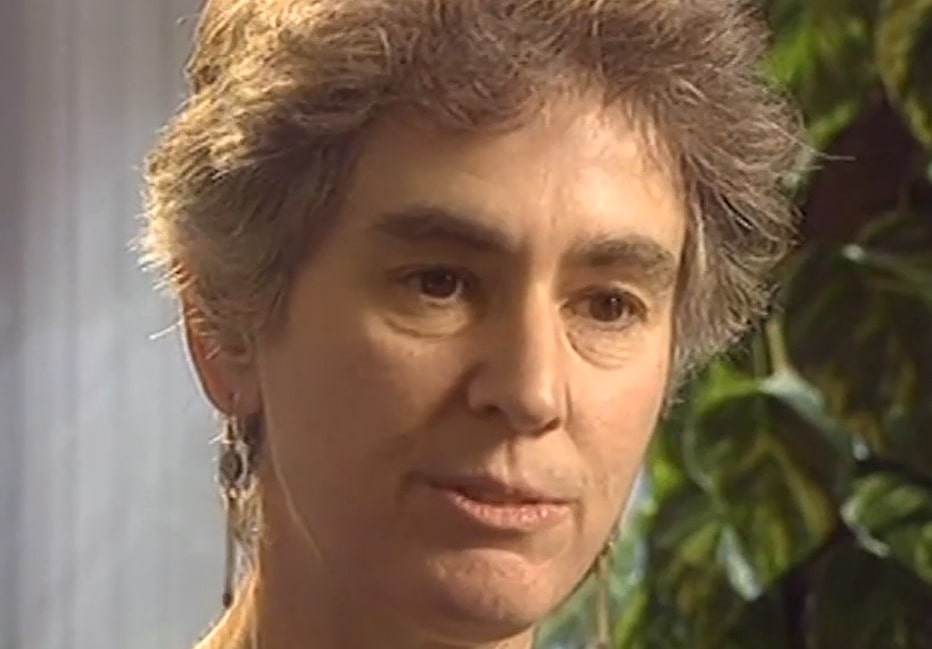
Image credit: fair dealing via BBC2 Horizon Special: The Truth About Sex.
The National Survey of Sexual Attitudes and Lifestyles
With the onset of the global AIDS crisis in the late twentieth century, Jane took a leading role in investigating rates of HIV infection in the UK by helping to conduct NATSAL. HIV is a viral infection which weakens the body’s immune system and increases the chances of contracting diseases such as tuberculosis, meningitis, and some cancers. It is spread through human bodily fluids and if left untreated, can progress to acquired immune deficiency syndrome (AIDS). While HIV cannot be cured, antiretroviral drugs are available to suppress the virus from replicating in the body, strengthen the immune system, and allow those infected to live normal, healthy lives.
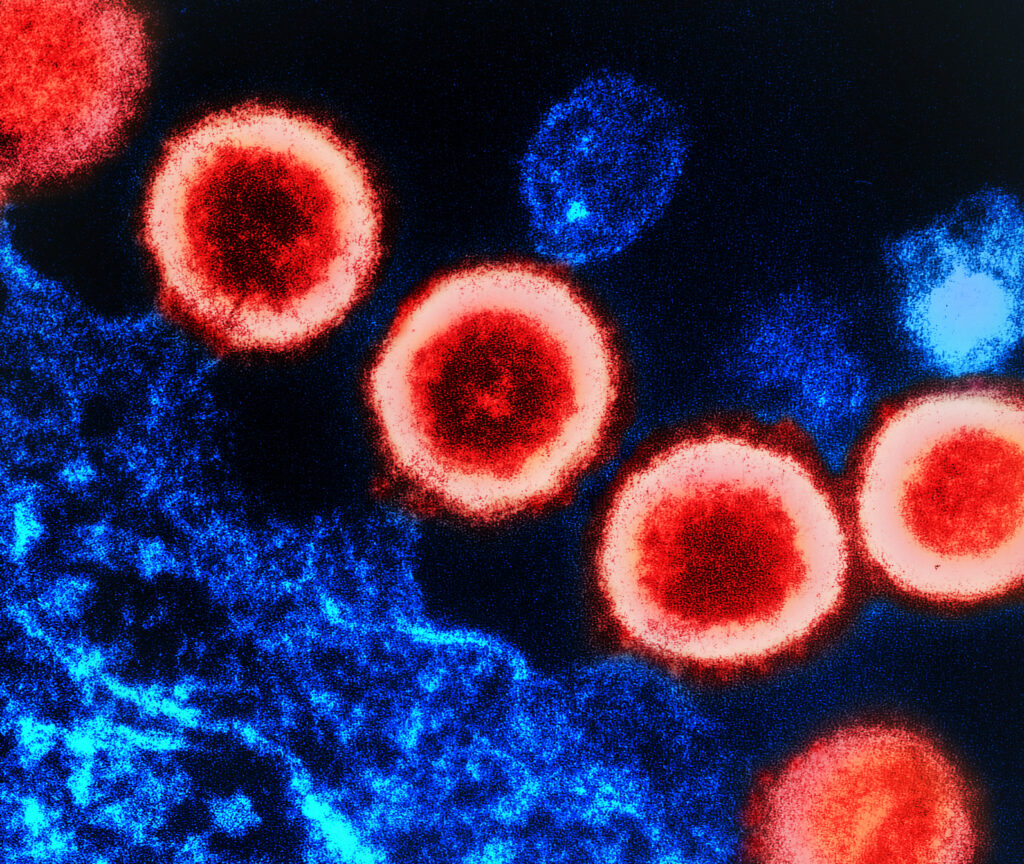
Image credit: National Institute of Allergy and Infectious Diseases on Flickr, CC BY 2.0 DEED via Wikimedia Commons.
The first case of AIDS in the UK was reported in 1981, and it was quickly recognised that the disease could have a severe impact on the National Health Service (NHS). At the time, infection by HIV was impossible to treat, making it imperative to prevent its spread. However, little was known about the sexual attitudes and behaviours of the British public, information that would allow for the estimation of HIV prevalence and the targeted provision of sex education and sexual health services.
NATSAL, funded by the Wellcome Trust, was conducted to provide this information. It took place between May 1990 and December 1991, and asked 18,876 men and women aged between 15 and 59 living in England, Scotland, and Wales questions about their sexual attitudes and behaviours. Survey participants were chosen at random. First, postal addresses were systematically selected from electoral wards representative of urban and rural areas across England, Scotland, and Wales. Then, a trained interviewer visited each address and invited a randomly selected individual from the target age range to participate. While selected individuals could refuse to participate, a 65% response rate was achieved, making the total sample broadly representative of age, ethnicity, marital, and class status throughout all three nations.
Wadsworth was responsible for ensuring that the questions asked of participants were appropriate and relevant to the aims of the survey. In her own words:
If we ask silly questions, we will certainly get silly answers.
Participant interviews were conducted in two stages. First, the interviewers asked face-to-face questions focused on general health, family history, sex education, sexual attitudes, first sexual experiences, and sexual attraction. Second, participants completed a questionnaire focused on sexual practices, the number of sexual partners, drug use, and visits to Sexually transmitted infection (STI) clinics, questions which Jane recognised were highly personal, could cause embarrassment, and whose results were unreliable if obtained from a face-to-face interview.
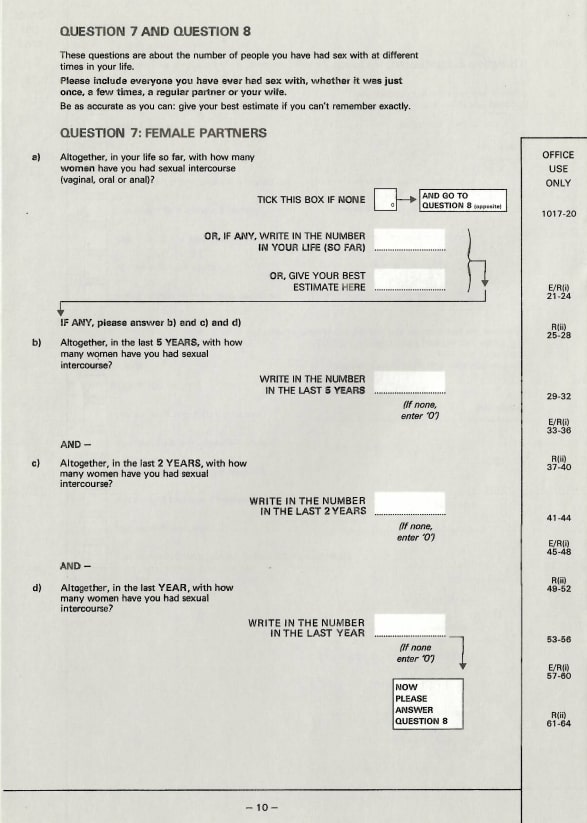
Image credit: fair dealing via National Survey of Sexual Attitudes and Lifestyles.

Image credit: fair dealing via National Survey of Sexual Attitudes and Lifestyles.
Survey Results
Young male and female participants, as well as participants with a high socioeconomic status, reported the highest number of sexual partners, while in the five years before the study, 1% of male and female participants reported 16% and 12% of all sexual partners respectively. During the same period, 17.4% of male and 16.6% of female participants reported being tested for HIV, with this figure being 51.4% for homosexual males. Additionally, the survey showed that 0.8% of male and 0.4% of female participants reported ever injecting non-prescribed drugs, with 53% of these individuals sharing needles.
These results demonstrated that younger and wealthier members of the UK population, homosexual males, and individuals who injected non-prescribed drugs using a shared needle were important nodes in preventing HIV spread. They also showed that sexual health clinics were an important setting in spreading HIV awareness in individuals at the greatest risk of infection.
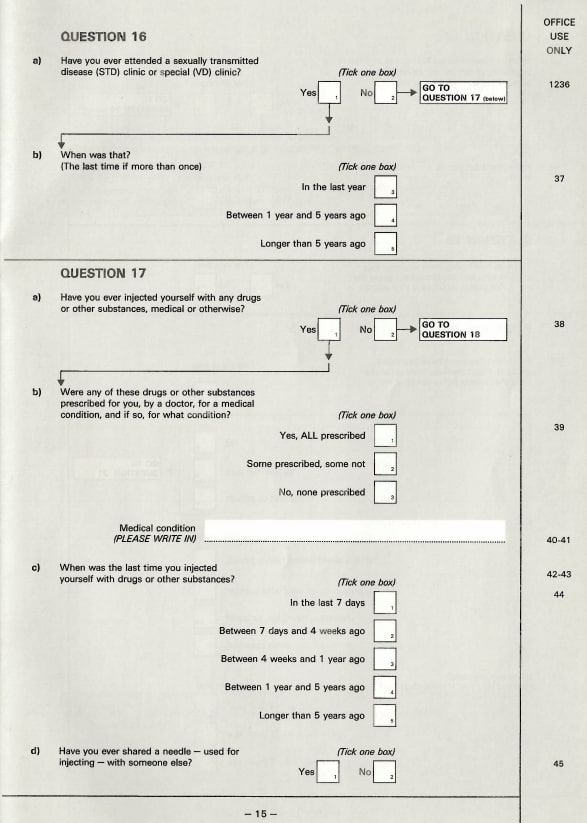
Image credit: fair dealing via National Survey of Sexual Attitudes and Lifestyles.
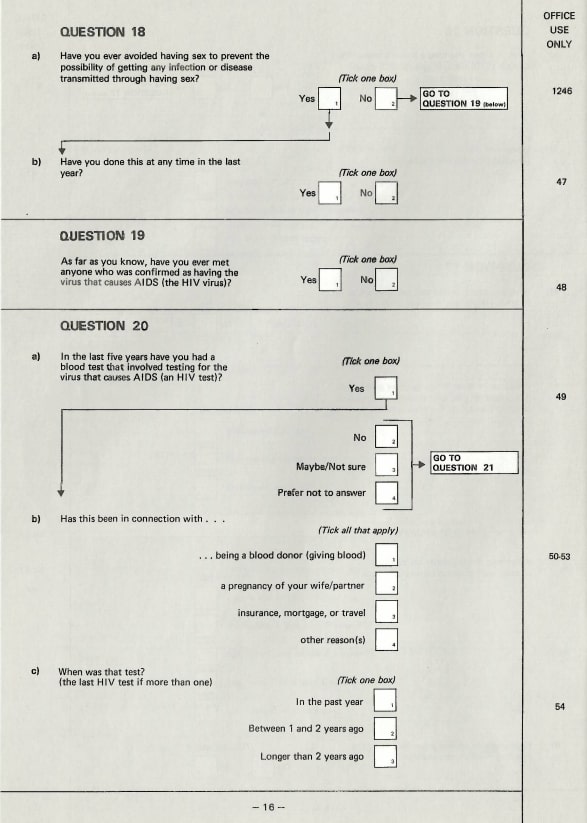
Image credit: fair dealing via National Survey of Sexual Attitudes and Lifestyles.
Impact of the Survey
The results of the NATSAL informed UK Government decisions on HIV testing and treatment, which have significantly reduced the spread of the virus. In 2021, 105,200 people in the UK were living with HIV, and because of decisions influenced by the survey’s results, 94% of these individuals were diagnosed with the virus. Furthermore, of those diagnosed, 98% were undergoing treatment. In total, 89% of people living in the UK with HIV had suppressed the virus. An encouraging statistic for the future spread of HIV is that only 12.95% of those infected with the virus were aged between 15-34 years old, equating to 0.02% of the total UK population. With this age group being the most sexually active and the vast majority of individuals in it having suppressed the virus, the UK is on track to end HIV transmission by 2030.
The success of NATSAL was not limited to HIV eradication. The survey also helped to introduce the HPV vaccination programme and the National Chlamydia Screening Programme. Repeats of the survey conducted between 1991 and 2001, and between 2010 and 2012, showed an uptake in HPV testing and vaccination measures introduced from the results of the first survey.
The work of Jane and her colleagues in conducting NATSAL has been vitally important in tackling HIV transmission in the UK. Results from the survey have informed government policy and nearly eradicated the virus. Jane died in 1997, and therefore did not see the successes of the second and third incarnations of the survey. Nonetheless, her foundational work provided a strong base from which to build and has had a profound impact on the fight against STI’s in general, not just HIV.
Author
Cameron O’Donnell

